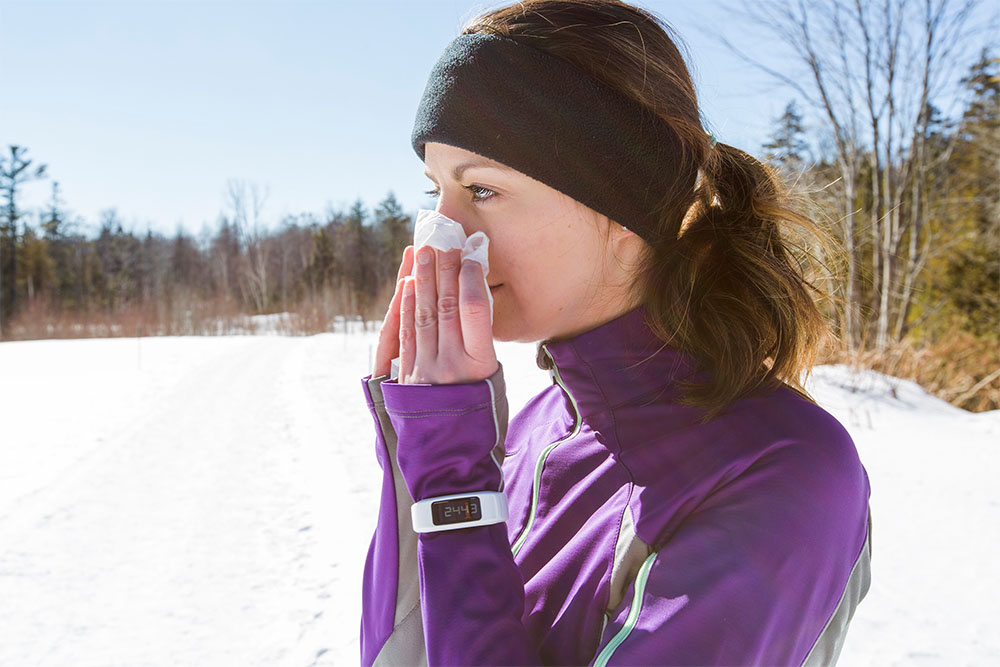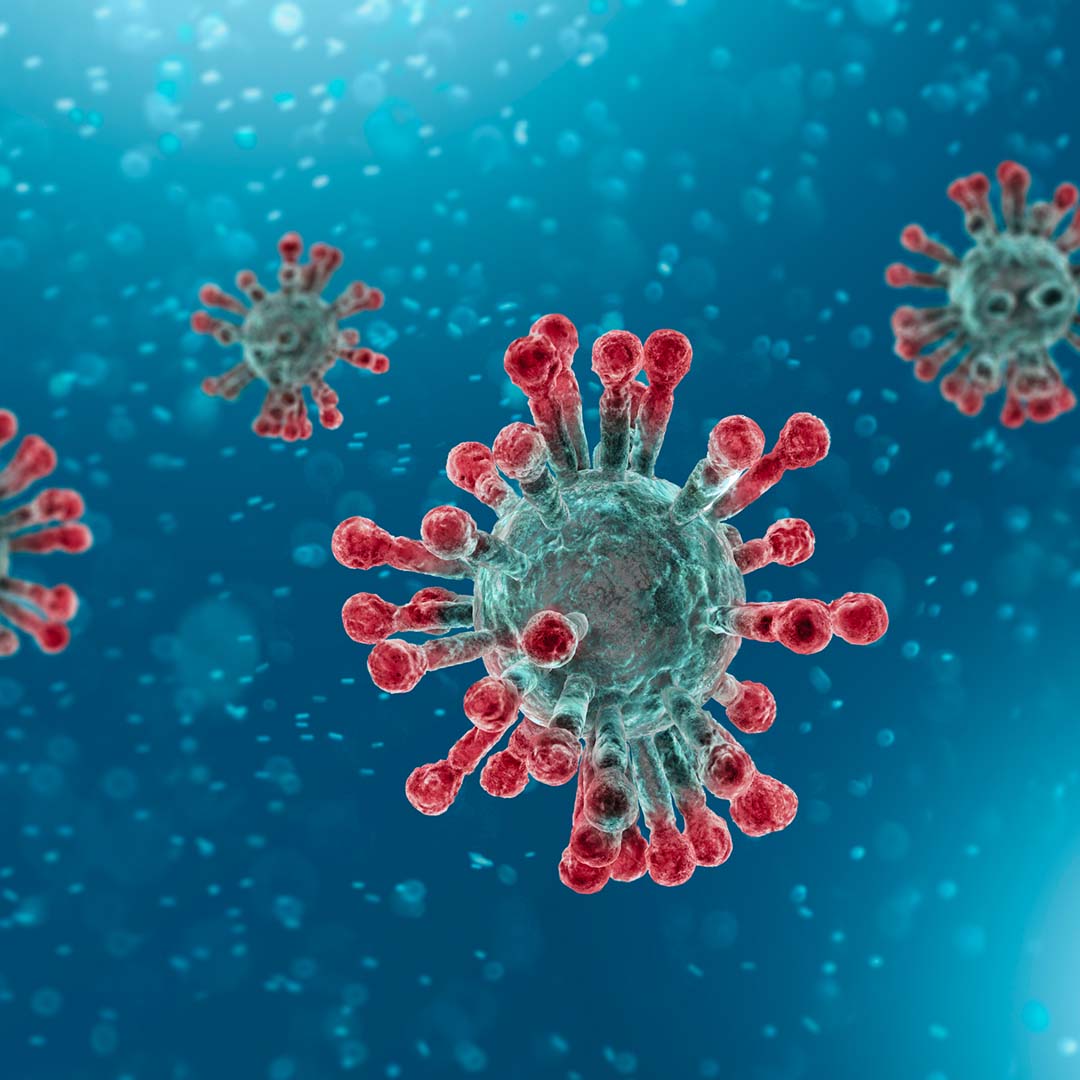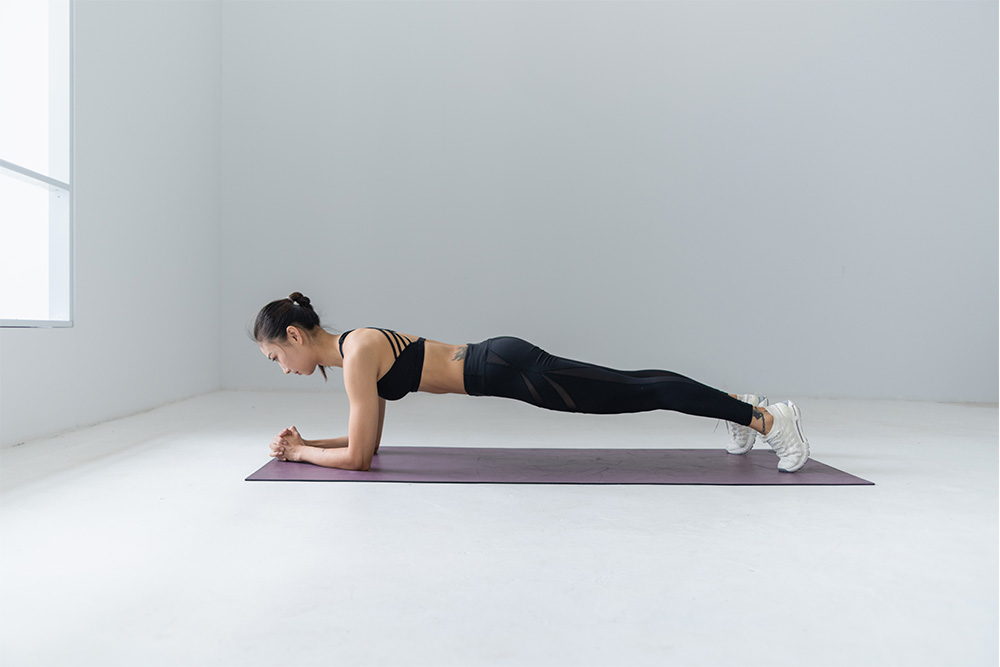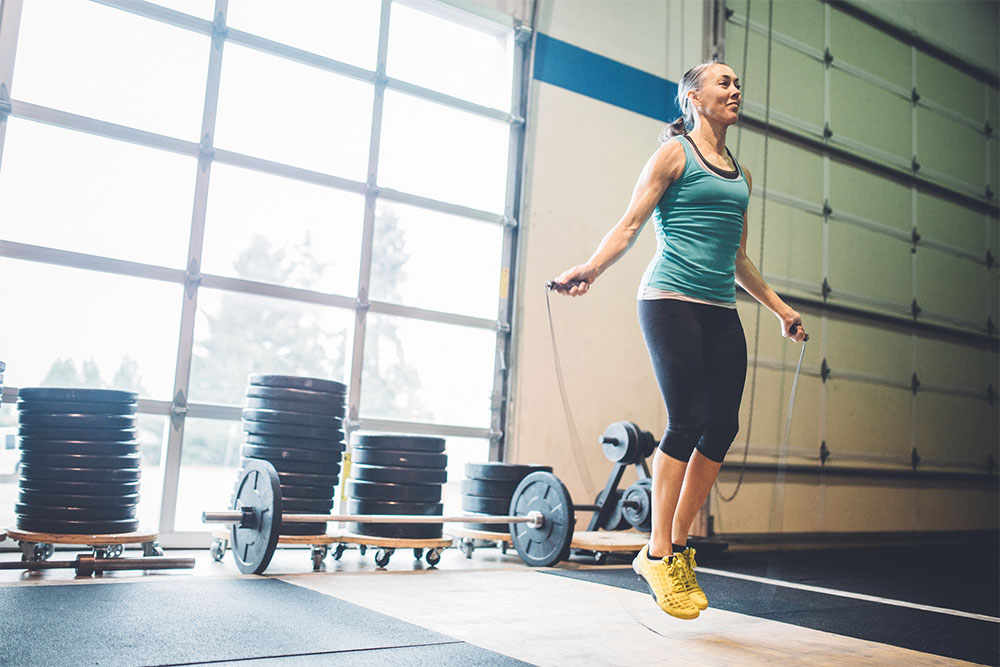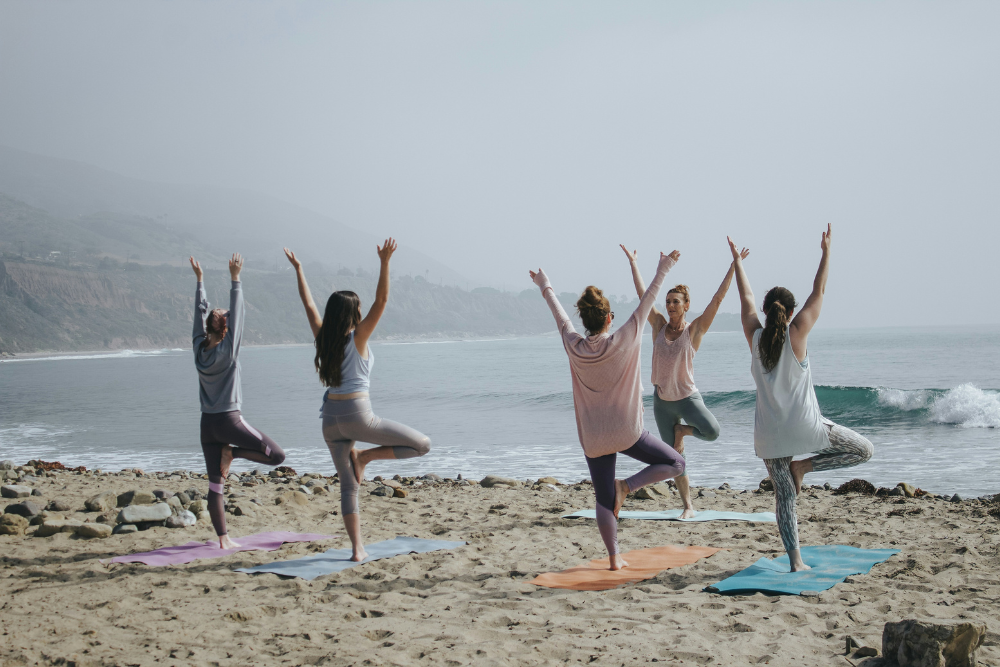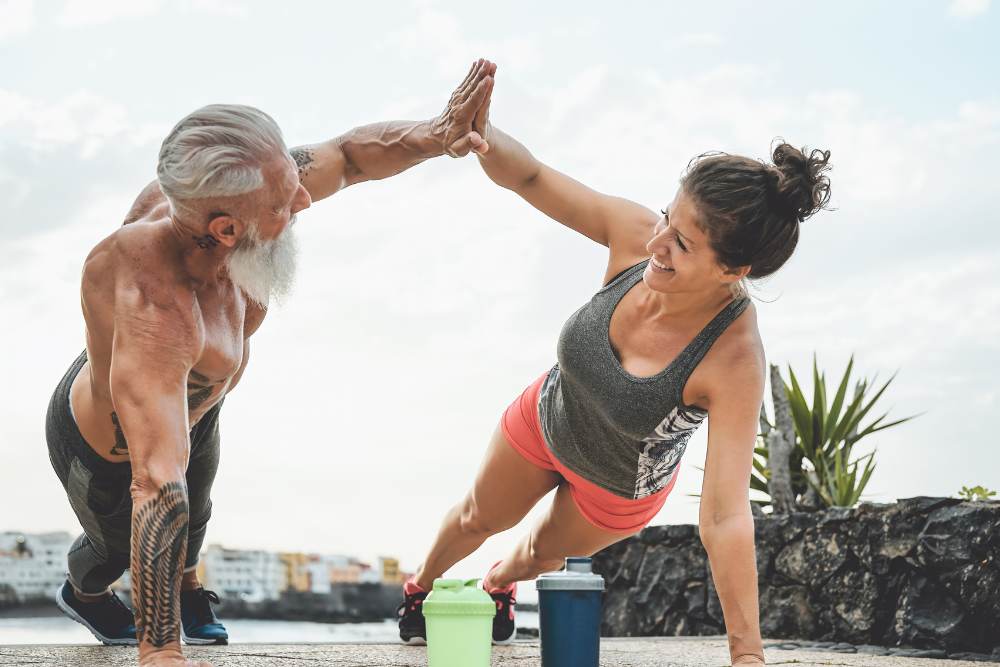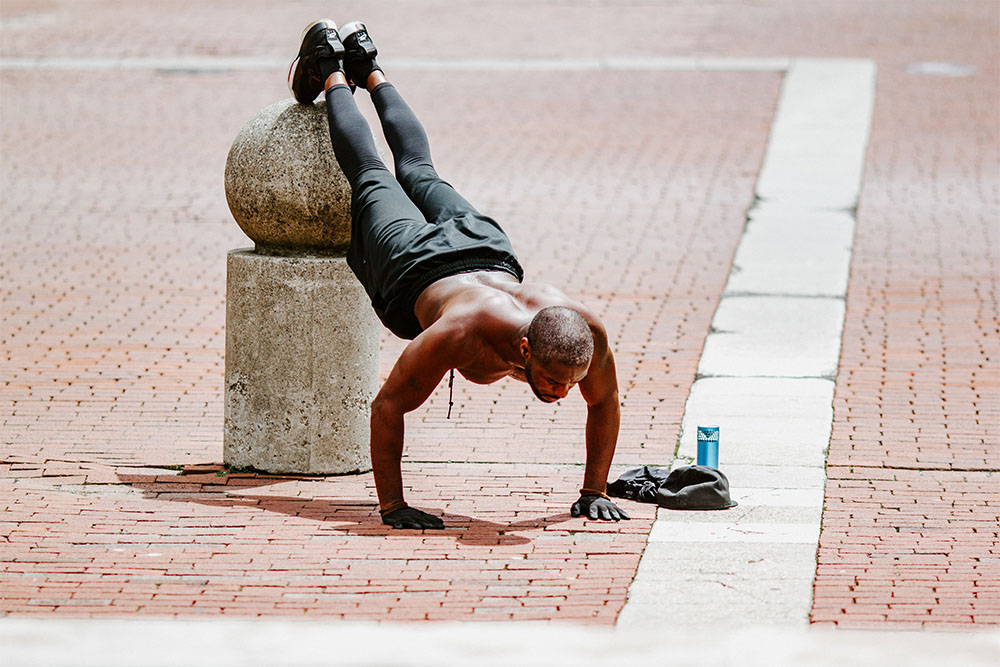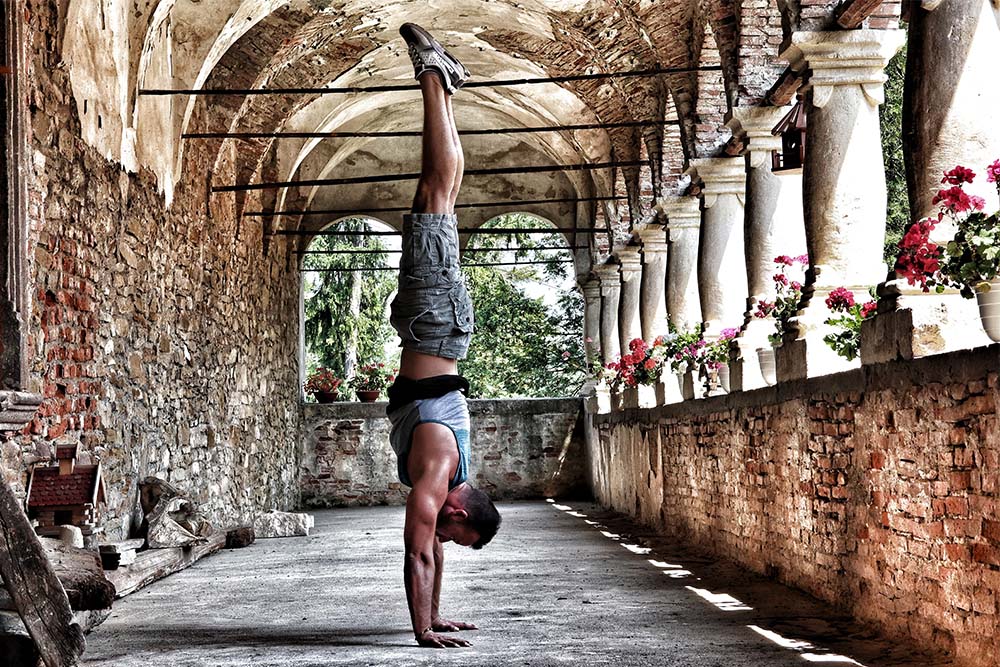Increase Your Immune System Through Exercise

Julia Basso – PhD
The immune system is a complicated network of cells, including T cells and B cells, that protects us against a host of diseases. Like many of our physiological systems, the immune system can be shaped by both positive and negative influences. For example, chronic stress and depression have been shown to suppress the immune system leading to an increased susceptibility to infection (Lasselin et al., 2016). Conversely, healthy habits like sufficient sleep, good nutrition, and positive social interactions have been shown to enhance immunity. Recent research has shown that exercise is one of these healthy habits that can improve the immune system.
Related Article: Get Outside and Exercise – Your Immune System Will Thank You
Out of a list of many immune cells that exercise affects, the most dramatic changes occur with one known as interleukin 6 (IL-6). During exercise, skeletal muscle contraction causes increases of IL-6 up to 100 times that of resting levels. Because of this, any exercise that involves large muscle groups, such as running, produced the biggest gains in IL-6.
If IL-6 is part of the immune system, why is it a good thing that exercise is increasing this immune factor? Research suggests that IL-6 is actually involved in exercise-induced improvements in metabolism. That is, IL-6 promotes both the breakdown of fats as well as the production of glucose – two processes that we use as energy sources during our workout.
I recently wrote an article on osteocalcin, a hormone that is produced by the bones during exercise, is in involved in metabolic processes, and is required to increase muscle function (https://foreverfitscience.com//improve-muscle-function-osteocalcin/). Because the research article which the piece was written about was particularly dense, I left out the final piece of the puzzle – the part on IL-6. Now that we’re talking about IL-6, I’ll fill you in on how that story concluded.
Related Article: Improve Muscle Function: Osteocalcin
The authors of the paper wanted to ask whether other mechanisms were involved in the osteocalcin story.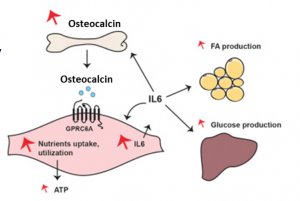 To do this, they sequenced a large number of genes in mice with and without the receptor for osteocalcin (marked GPRC6A in the picture) (Mera et al., 2016). They found that compared to controls, the muscle of mice lacking the osteocalcin receptor had 80% less gene expression of IL-6. Additionally, these mice produced significantly lower levels of IL-6 when they exercised.
To do this, they sequenced a large number of genes in mice with and without the receptor for osteocalcin (marked GPRC6A in the picture) (Mera et al., 2016). They found that compared to controls, the muscle of mice lacking the osteocalcin receptor had 80% less gene expression of IL-6. Additionally, these mice produced significantly lower levels of IL-6 when they exercised.
Through a series of in vivo (in the animal) and in vitro (in cell culture) studies, they confirmed that IL-6 increases production of glucose and fatty acids (i.e., the fuels we need to exercise). A surprising new finding was that IL-6 feeds back to the bone where it in turn stimulates the production of osteocalcin from the bone. This is called a feedforward loop. Exercise stimulates the bones to produce osteocalcin, which stimulates the muscle to produce IL-6, which then feeds back to the bone to produce more osteocalcin.
Certainly, IL-6 is not the only immune factor that is stimulated by exercise, as other “myokines” such as IL-8 and IL-15 are produced by muscles during physical activity, but it is an exciting piece of the puzzle. Hawley and colleagues from the Exercise & Nutrition Research Group at the School of Exercise Sciences at Australian Catholic University noted in their article, Integrative Biology of Exercise, that, “The finding of muscle crosstalk with other organs, including adipose tissue, liver, pancreas, bone, and the brain, provides a framework for understanding how exercise mediates many of its beneficial whole-body effects” (Hawley et al., 2014).
For example, interleukins have been shown to be involved in learning and memory and the functioning of the hippocampus (Menachem-Zidon et al., 2011). Future research will be needed to examine how exercise influences the immune system and how these immune cells communicate with other parts of the body and brain. In the meantime, exercise to keep a healthy immune system!
References:
Hawley, J. A., Hargreaves, M., Joyner, M. J., & Zierath, J. R. (2014). Integrative biology of exercise. Cell, 159(4), 738-749.
Lasselin, J., Alvarez-Salas, E., & Jan-Sebastian, G. (2016). Well-being and immune response: a multi-system perspective. Current Opinion in Pharmacology, 29, 34-41.
Menachem-Zidon, O. B., Avital, A., Ben-Menahem, Y., Goshen, I., Kreisel, T., Shmueli, E. M., … & Yirmiya, R. (2011). Astrocytes support hippocampal-dependent memory and long-term potentiation via interleukin-1 signaling.Brain, behavior, and immunity, 25(5), 1008-1016.
Mera, P., Laue, K., Ferron, M., Confavreux, C., Wei, J., Galán-Díez, M., … & Bacchetta, J. (2016). Osteocalcin signaling in myofibers is necessary and sufficient for optimum adaptation to exercise. Cell Metabolism, 23(6), 1078-1092.
You Might Like:


